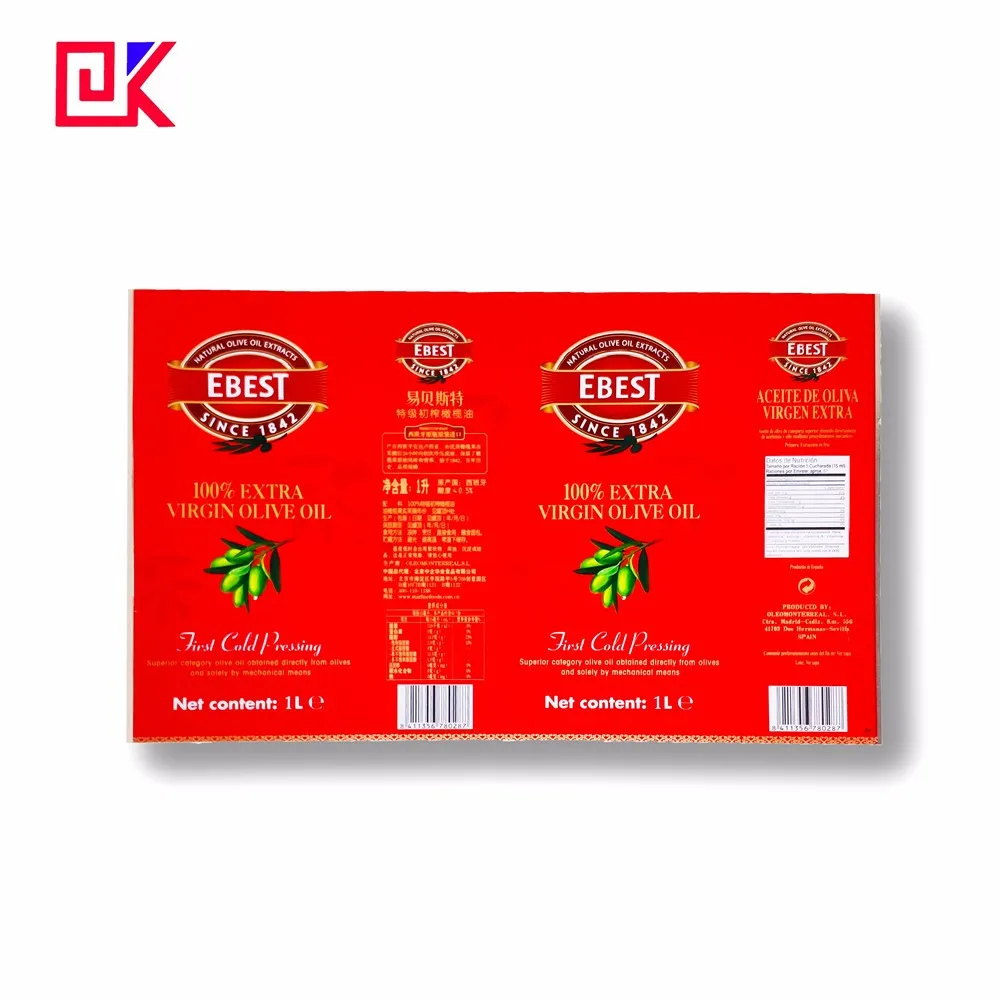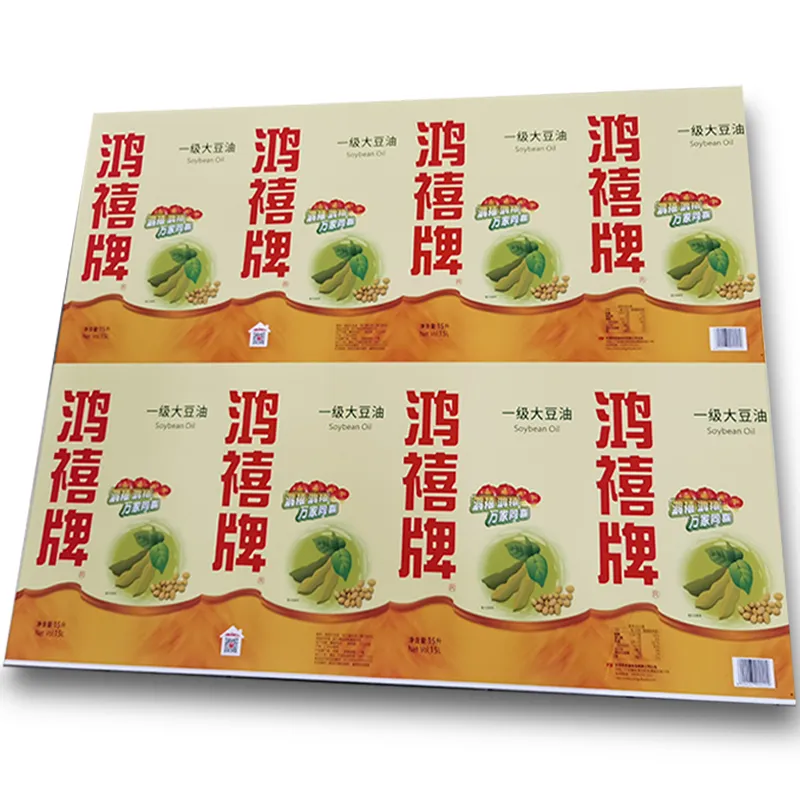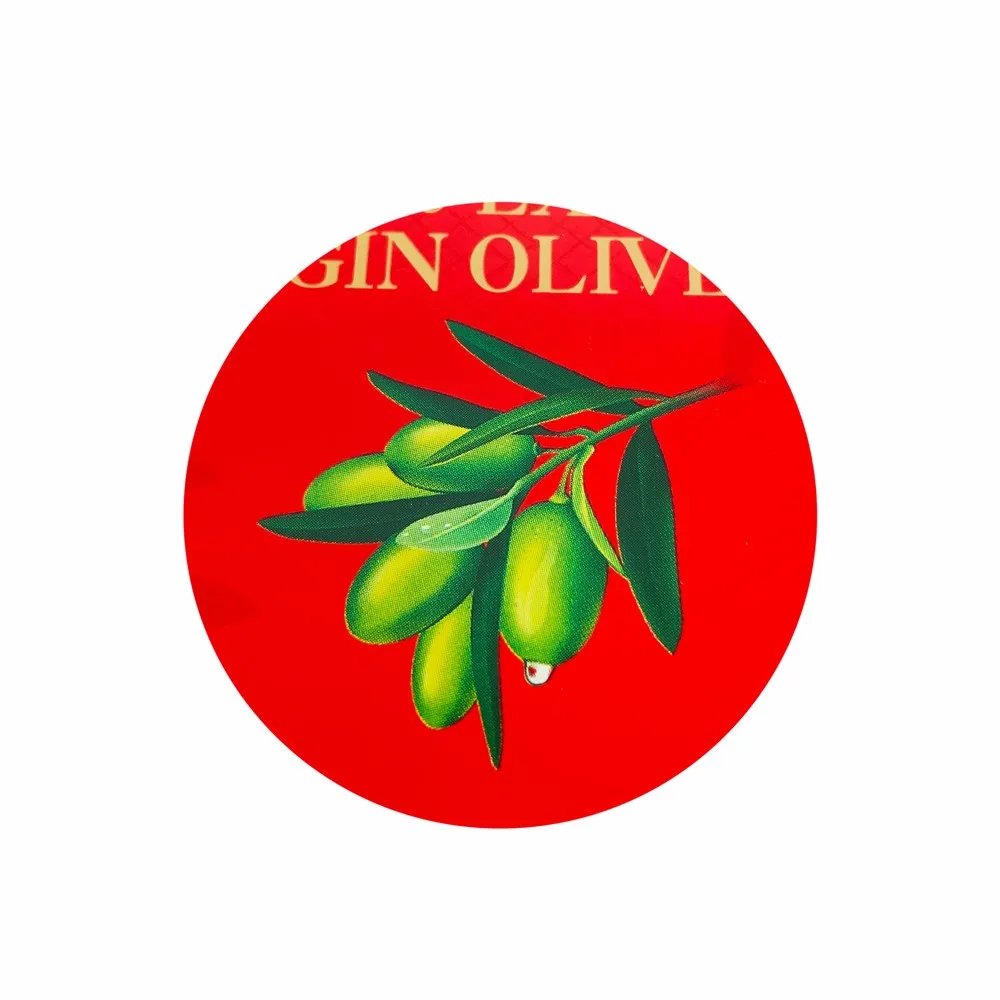World War II (1939-1945) was the most important global conflict in the 20th century, which not only changed the international political landscape, but also had a profound impact on global industrial production. During the war, national resources were concentrated on supporting military operations, and metal materials such as steel, aluminum, and tin became strategic materials and played a key role in the manufacture of military equipment. In this context, many materials widely used in peacetime were forced to give way to military needs, which in turn led to the rise and widespread use of other alternative materials.
Tinplate sheet, as a common packaging material, was greatly impacted during the war. So, during World War II, which metal replaced tin plate sheet and became the main packaging material at the time? This is an interesting and complex question. This article will explore the phenomenon of metal substitution in this historical context.

Basic introduction of tinplate sheet and changes in demand during the war
Before answering the question, we must first understand the nature of tin plate sheet and its widespread use before the war. Tinplate sheet is a composite material with tin on the surface of low-carbon steel plate. It has long been widely used in packaging in the food, beverage, cosmetics and other industries due to its excellent corrosion resistance, formability and good strength. The tin coating protects the steel substrate from erosion by air and moisture, ensuring the safety and stability of the packaged items.
However, after the outbreak of the war, tin became an extremely important strategic resource. Tin is widely used in war, especially in weaponry, electrical equipment and communication equipment, where it is used for welding, alloys and anti-corrosion coatings. Due to the shortage of tin and the surge in demand, countries have to give priority to allocating this scarce resource to the military industry, resulting in limited supply of tinplate sheet in the civilian economy. Therefore, it has become urgent to find a material that can replace tinplate sheet.
The rise of aluminum - the main substitute for tinplate sheet
During World War II, there was a shortage of tin plate sheet, which prompted people to look for alternative materials to meet packaging needs. During this period, aluminum became the main alternative material for the manufacture of seamless can-shaped packaging containers. The shortage of tinplate sheet in Switzerland gave rise to the development of the aluminum packaging industry, especially in the manufacture of beer cans. The lightness and corrosion resistance of aluminum make it an ideal substitute. So, about 20 years after the end of World War II, in 1963, the United States began to sell the first aluminum beer cans made using thin-wall drawing and wall ironing (DWI) technology, marking the rise and development of the aluminum packaging industry.
1. Lightweight and strength advantages of aluminum
The first significant advantage of aluminum is its lightness. Compared with steel and other metals, the density of aluminum is about one-third of that of steel, which makes it an ideal choice for manufacturing lightweight packaging materials. Lightweight materials have obvious advantages in transportation, which can reduce transportation costs and increase logistics efficiency. In addition, aluminum has relatively high strength, especially after adding a small amount of other metals for alloying, its mechanical properties are significantly improved. In this way, aluminum can not only replace tinplate sheet, but also provide additional support for some specific military uses, such as the manufacture of aircraft and military equipment.
2. Corrosion resistance of aluminum
Similar to tinplate sheet, aluminum has good corrosion resistance. When aluminum is exposed to air, a protective film of aluminum oxide is formed, which can effectively prevent further oxidation and corrosion. This property makes aluminum an ideal material for food and beverage packaging, which can better preserve the internal contents. Although aluminum does not have the effect of completely isolating the external environment like tin plating, its corrosion resistance is sufficient to meet the requirements in most application scenarios.
3. Aluminum Formability
Aluminum's formability makes it an ideal choice to replace tinplate sheet. Aluminum can be processed into different shapes through rolling, stretching, stamping and other methods, and is suitable for making various packaging containers. Aluminum has excellent ductility, which allows it to adapt to complex process requirements in the manufacturing process of cans, boxes and other packaging containers, and meet the diverse needs of the packaging industry. During the war, due to the increased demand for alternative materials, the processing technology of aluminum materials has developed rapidly, further promoting the application of aluminum in the packaging industry.
4. Aluminum Supply and Production Capacity
Another key advantage of aluminum is its relatively abundant supply and convenient production capacity. Aluminum is the most abundant metal element in the earth's crust and is widely found in ores such as bauxite. Although the smelting process of aluminum is relatively complicated, compared with the scarcity of tin, the supply of aluminum resources is more stable. During the war, countries rapidly increased their aluminum mining and smelting capacity to cope with the shortage of steel and tin. In the United States, aluminum production rose rapidly during the war and became an important source of military supplies and civilian substitutes.

Exploration and application of other alternative materials
Although aluminum was the main tinplate sheet substitute metal during World War II, some other metals and materials were also explored and applied in the packaging field. These alternative materials include glass, plastics, and galvanized steel sheets. Although they are not as widely used as aluminum, they also play an important role in some specific applications.
1. Glass
During the war, glass packaging was used to replace tin plate sheet in some food and beverage industries. Glass has good chemical inertness and barrier properties, which can effectively prevent the contents from deteriorating. However, glass is heavy and fragile, which is not suitable for long-distance transportation and storage of large amounts of military supplies, so it is mainly used in the civilian market. Despite this, the application of glass in beverage bottles and some canned food packaging is still significant.
2. Plastics
Plastic materials were also initially used during World War II. Although the plastic technology at that time had not yet reached the modern level, early plastic materials such as polyethylene and polyvinyl chloride had begun to show their potential in the packaging field. Plastics have the advantages of being lightweight, waterproof, and easy to process, and have gradually become an alternative choice for packaging materials. However, due to the immature production technology of plastics at that time, its application range was limited, and it was more used for specific small packages rather than large-scale replacement of tin plate sheets.
3. Galvanized steel sheet
Galvanized steel sheet is used as a substitute for tin plate sheet in some application scenarios. Galvanized steel sheet is made by zinc-plating the surface of the steel sheet to increase its corrosion resistance. Although the anti-corrosion effect of galvanized steel sheet is not as good as that of tinplate sheet, galvanized steel sheet still plays a role in some occasions with lower requirements, such as packaging of mechanical parts and industrial products. However, the surface finish and processing performance of galvanized steel sheet are not as good as those of tinplate sheet, so it has not been widely used in food and beverage packaging.

The impact and significance of aluminum replacing tinplate sheet
During the war, aluminum, as the main alternative material for tin plate sheet, successfully solved many packaging problems caused by tin shortages. The widespread use of aluminum has not only achieved remarkable success in the packaging industry, but also provided material guarantees for other industrial fields. Especially in the aviation industry, the lightweight and strength characteristics of aluminum make it one of the important materials for manufacturing aircraft, which further consolidates the important position of aluminum during the war.
1. Changes in the packaging industry
The widespread use of aluminum has promoted an important change in the packaging industry. In the case of a shortage of tinplate sheets, the use of aluminum packaging not only ensures the supply of necessities such as food and beverages, but also provides a solid guarantee for the storage and transportation of wartime materials. The lightness of aluminum reduces transportation costs, while its corrosion resistance and plasticity enable it to play a role in different packaging occasions.
2. Expansion of the aluminum industry
The surge in demand for aluminum during the war prompted the rapid expansion of the aluminum industry. Many countries have stepped up their efforts to develop aluminum ore resources and built large-scale aluminum smelters. The United States, Britain, the Soviet Union and other countries have increased aluminum production and formed a strong aluminum industry system. After the war, the industry continued to develop, and aluminum gradually became one of the mainstream materials in civilian and industrial applications.

DKtinplate is a renowned manufacturer and supplier in the metal packaging industry, based in Foshan, China. Covering an area of 50,000 square meters, we specialize in providing top-quality tinplate materials, aerosol cans, and customized packaging solutions. Our advanced production lines, such as the FUJI PRIMEX-P453 four-color UV printing line and high-speed aerosol can production lines, ensure efficient production and consistent quality. Whether you're looking for wholesale supplies, low-price deals, or customized designs, DKtinplate delivers reliable products tailored to your needs. With ISO9001 certification and dozens of authorized patents, we stand out as a trusted partner for brands worldwide. Contact us today for quotes, promotions, and competitive pricing for bulk orders.

